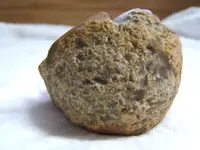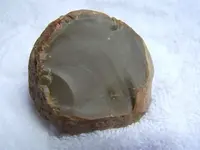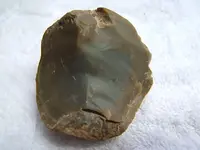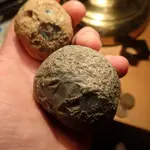1320
Silver Member
- Joined
- Dec 10, 2004
- Messages
- 3,436
- Reaction score
- 2,311
- Golden Thread
- 0
- Location
- East Central Kentucky
Looks like there might have been quite a struggle to open this one up!
Attachments
Upvote
0







